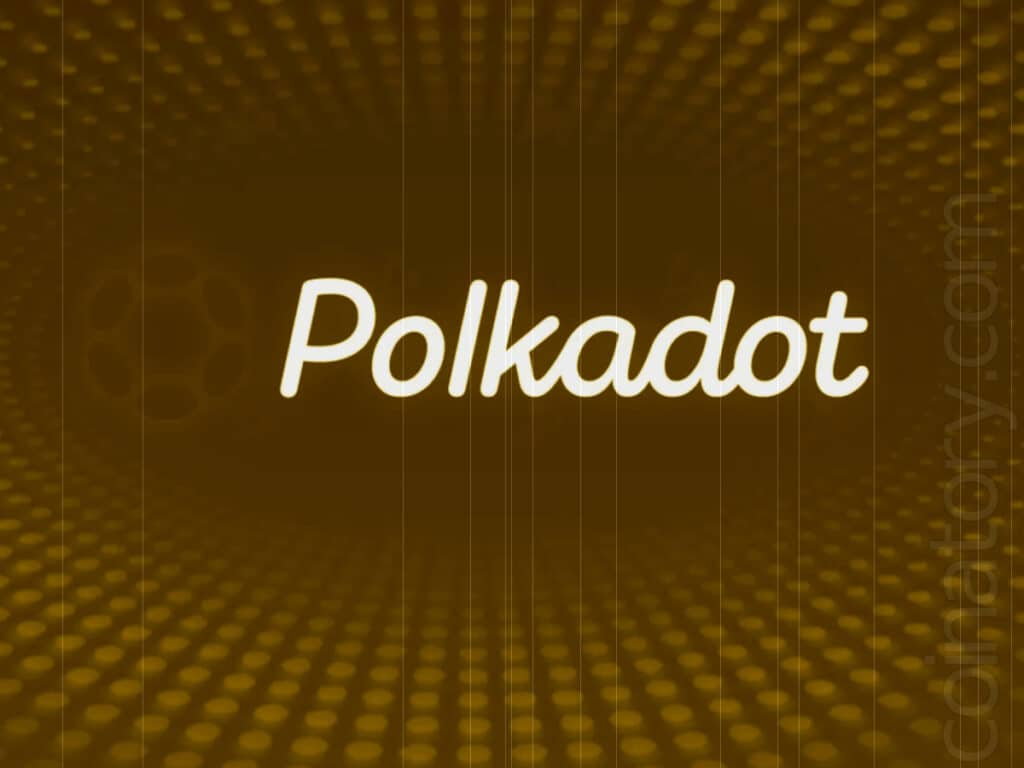
What is Polkadot?
Polkadot a protocol crafted with the aim of establishing a network comprising interconnected blockchains. Through this innovative approach, independent blockchains can effectively collaborate and exchange information. It’s also designed to be fast and scalable.
In recent years, numerous blockchain projects have shifted their focus towards improving general infrastructure rather than concentrating solely on specific applications. Polkadot is a standout example in this realm, regarded as one of the most successful projects dedicated to enhancing the fundamental technology behind decentralized applications (dApps). By prioritizing infrastructure-related improvements, it plays a vital role in advancing the underlying technology that powers dApps, contributing to the overall growth and development of the blockchain industry.
What is Dot?
The DOT token serves as the native cryptocurrency on the Polkadot network. As a governance token, it grants token holders the power to influence the decision-making process of the Polkadot protocol through voting. Additionally, the DOT token is utilized for transaction validation through a process called staking, and it plays a crucial role in bonding parachains—parallel blockchains that operate within the network. Through these various functions, the DOT token facilitates both the governance and technical aspects of the ecosystem.
How To Use Polkadot?
Polkadot presents a range of utilities that cater to diverse entities and individuals. It offers an alternative decentralized payment system that operates independently from intermediaries, granting individuals greater control over their finances.
The DOT token also serves as a means for speculation and investment, providing an avenue for individuals to potentially benefit from its market dynamics. Moreover, it can serve as an alternative to costly and time-consuming international transfers, offering a more efficient solution.
Furthermore, Polkadot’s infrastructure holds the potential to contribute to an alternative financial system for the significant number of individuals worldwide who possess smartphones but lack access to traditional banking services. This presents an opportunity for income generation or supplementation through DOT staking, allowing users to participate in securing and validating transactions on the network while potentially earning rewards. Overall, Polkadot and the DOT token bring forth various opportunities and benefits for individuals across different contexts.

Who created Polkadot?
It was established in 2016 by a team of founders that included Gavin Wood, who is recognized as a co-founder of Ethereum. Alongside co-founders Peter Czaban and Robert Habermeier, Gavin Wood played a pivotal role in the creation.
Gavin Wood’s background is particularly noteworthy, as he is the inventor of Solidity, the programming language widely used by developers to build decentralized applications (dApps) on the Ethereum blockchain. Prior to co-founding Polkadot, Wood served as the first Chief Technology Officer (CTO) of the Ethereum Foundation. He also brings experience as a research scientist at Microsoft, further enhancing his expertise in the blockchain and technology domains.
Polkadot’s original whitepaper was published in 2016, setting the foundation for the project. Subsequently, in 2017, Polkadot successfully raised $145 million through a fundraising effort. After careful development and preparations, Polkadot’s initial mainnet was launched in May 2020.
During the initial Proof-of-Authority (PoA) phase, the Web3 Foundation took charge of network governance, ensuring the smooth operation of the protocol. As the network gained momentum, Validators began joining the network to participate in the consensus mechanism.
In June, Polkadot transitioned to the second phase called Nominated Proof of Stake (NPoS). By this stage, the network had achieved a significant number of decentralized Validators. This phase marked a crucial milestone in the evolution of Polkadot, as it solidified the network’s consensus mechanism and increased its decentralization.
Related: What is Cardano (Ada)? Is it a good investment in 2023?
Is it a good investment?
Please note that the following statement is our opinion and should not be considered financial advice. Dot has a bright future in light of its limited token supply and practical application.
Although in recent years, the price of DOT is gradually decreasing. And in our opinion, we should not expect any changes in the near future. Most experts see the DOT price around $100 by 2030.







